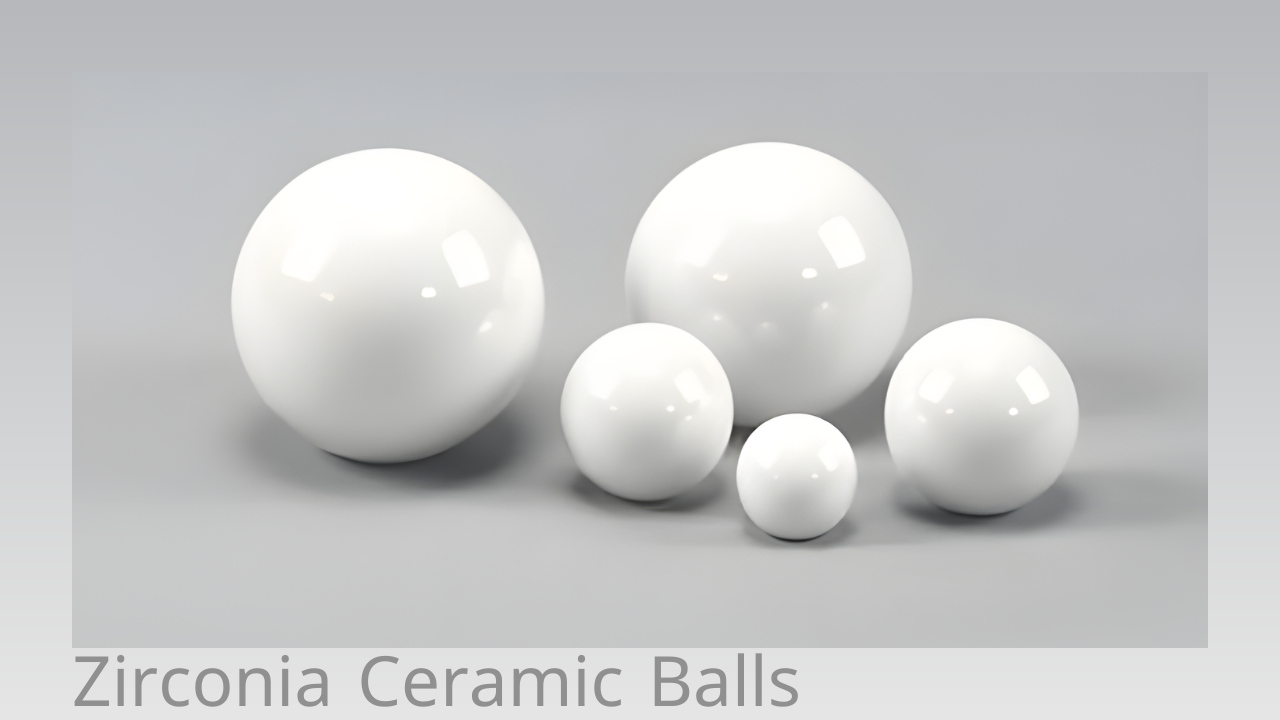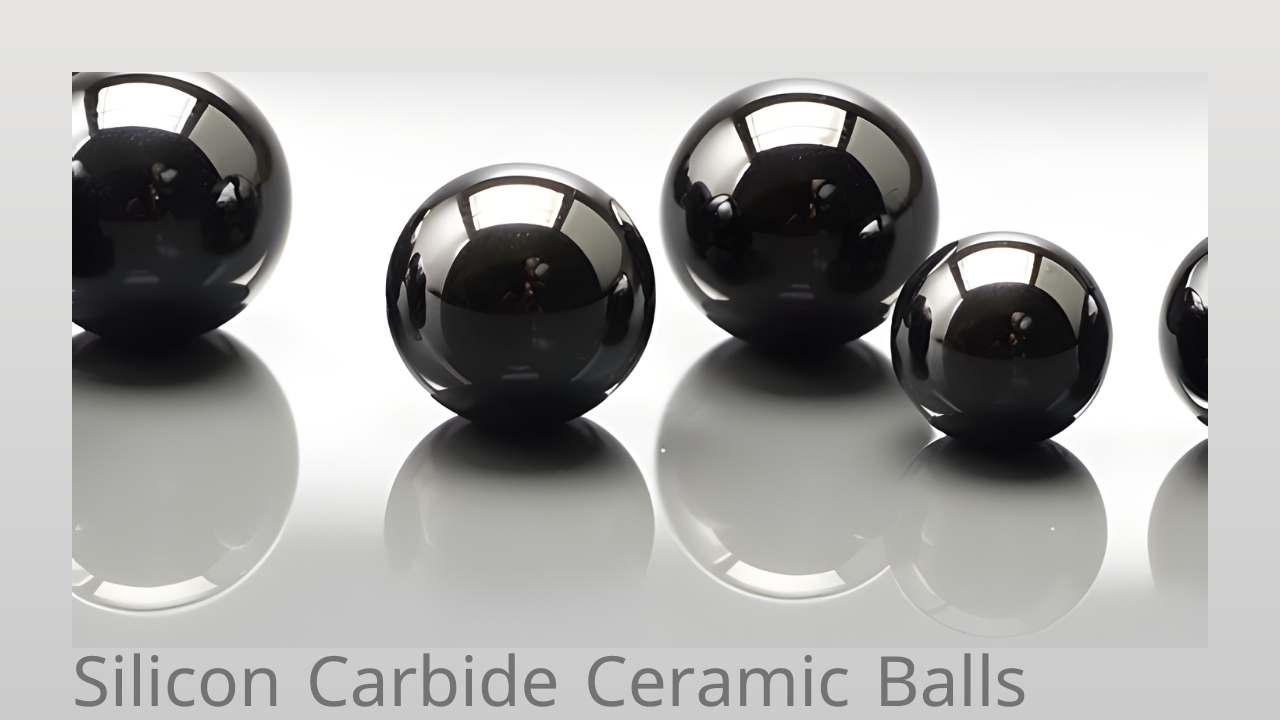Choosing the Right Grinding Media for Enhanced Milling Efficiency
Grinding media plays a vital role in the precision grinding and blending of materials within mills. The meticulous selection of appropriate grinding media is paramount to achieving optimal milling efficiency and ensuring the creation of high-quality products. It is imperative to consider intrinsic characteristics such as density, hardness, material composition, and size while making choices among various grinding media options, including grinding balls, beads, satellites, cylinders, and other similar media.

Advantages of Ceramic Grinding Media
Compared to their steel counterparts, ceramic grinding balls present numerous advantages. These ceramic balls exhibit a 40% lower density than steel, resulting in reduced energy consumption during the milling process. Moreover, they boast an impressive 150% increase in hardness and a 29% decrease in thermal expansion, making them exceptionally suitable for usage in demanding and extreme environments. The heightened hardness of ceramic media renders it particularly adept at addressing the requirements of fine grinding applications, thereby enhancing overall performance.
Aligning Media Properties with Application Demands
In the pursuit of selecting the optimal grinding media, it is essential to take into account various factors, including the initial feed size, the desired final particle size, material hardness, and the desired throughput rate. For the initial coarse grinding of larger particles, employing larger media has proven more effective. As the particle size diminishes during later stages, the employment of smaller media proves to be more efficient in achieving the desired results.

Zirconia Balls
Notably, harder grinding media materials are associated with prolonged longevity and heightened grinding performance. Among the notable options with elevated hardness are materials like silicon carbide, zirconia, and alumina. It is crucial to ensure that the abrasiveness of the selected media aligns harmoniously with the characteristics of the mill to avert any potential damage.

Silicon Carbide Balls
Mitigating Potential Material Interactions
Vigilance is warranted in regard to potential interactions between the grinding media and the processed material. For instance, iron-based media can react unfavorably with acidic or caustic slurries, potentially compromising the integrity of the final product. Opting for non-metallic alternatives such as ceramic circumvents this challenge, reinforcing the stability of the milling process.
Emphasis on Uniformity of Size
For optimal milling efficiency, uniformity in the size of grinding media is of paramount importance. The presence of varied sizes or irregular shapes leads to increased interstitial gaps between media components, consequently diminishing the efficiency of the grinding process. Smaller media sizes contribute to an augmented number of gaps, thereby amplifying the efficacy of the milling operation.
Prolonging the Longevity of Grinding Media
While the initial costs may be higher, the utilization of sturdier grinding media such as silicon carbide and zirconia yields substantial benefits in terms of longevity. These resilient media varieties exhibit an extended lifespan compared to steel, ultimately reducing the frequency of replacements and the associated costs over the operational lifespan.
For the primary coarse grinding phase, opting for larger media with diameters around 4-2 inches is recommended. Subsequently, transitioning to smaller sizes, such as 3 inches, and further down to dimensions of 1/5 inch or less for secondary and fine grinding stages, is advised. Ensuring that the media possesses sufficient weight to counteract buoyancy is a critical consideration to maintain effective milling operations.
Optimized Grinding Media Selection for Enhanced Outcomes
Through meticulous consideration and rigorous testing, the process of selecting optimized grinding media culminates in heightened milling efficiency, improved quality of end products, and prolonged durability of the media. Tailoring the properties of the selected media to align precisely with the unique requirements of the application is the pivotal determinant of success in the realm of precision milling.
Conclusion
In the realm of milling, the significance of choosing the right grinding media cannot be overstated. The intricate interplay between media properties and application demands directly impacts the efficiency, quality, and longevity of the milling process. By understanding the nuanced advantages of different media materials and sizes, and by aligning these with the unique characteristics of the milling task, one can unlock the full potential of milling operations. The selection of optimized grinding media isn't just a technical detail—it's a strategic decision that can propel milling processes to new heights of excellence.
FAQs
Q1: How does ceramic media differ from steel media?
A1: Ceramic media offers advantages such as lower density, higher hardness, and lower thermal expansion compared to steel media. These properties make ceramics more suitable for fine grinding applications and challenging environments.
Q2: What role does media size play in milling efficiency?
A2: Media size is crucial. Larger media is effective for initial coarse grinding, while smaller media excels as particle size decreases. Uniform media size is key to preventing gaps and maximizing grinding efficiency.
Q3: How can I prevent material interactions with the media?
A3: Choosing non-metallic options like ceramic can mitigate material interactions. Understanding the chemical compatibility between media and processed materials is essential.
Q4: Why invest in sturdier, more expensive media?
A4: Sturdier media like silicon carbide and zirconia offer extended lifespans, reducing replacement frequency and overall operational costs over time.
Q5: What's the significance of buoyancy in media selection?
A5: Media weight affects buoyancy. Ensuring media is heavy enough to prevent floating is essential for maintaining effective milling operations.
Q6: How can I optimize grinding media selection for my specific application?
A6: Carefully analyze factors like feed size, desired particle size, material hardness, and throughput rate. Match media properties to these factors for enhanced milling outcomes.
Thank you for reading. We invite you to visit CSCERAMIC for more information if you would like to learn more about industrial ceramic material and the advanced range of ceramic products we offer.




 info@csceramic.com
info@csceramic.com







 +86 18273288522
+86 18273288522